ANALYSIS: Why Andreas Seidl chose to reunite with James Key as Sauber prepare for Audi transition
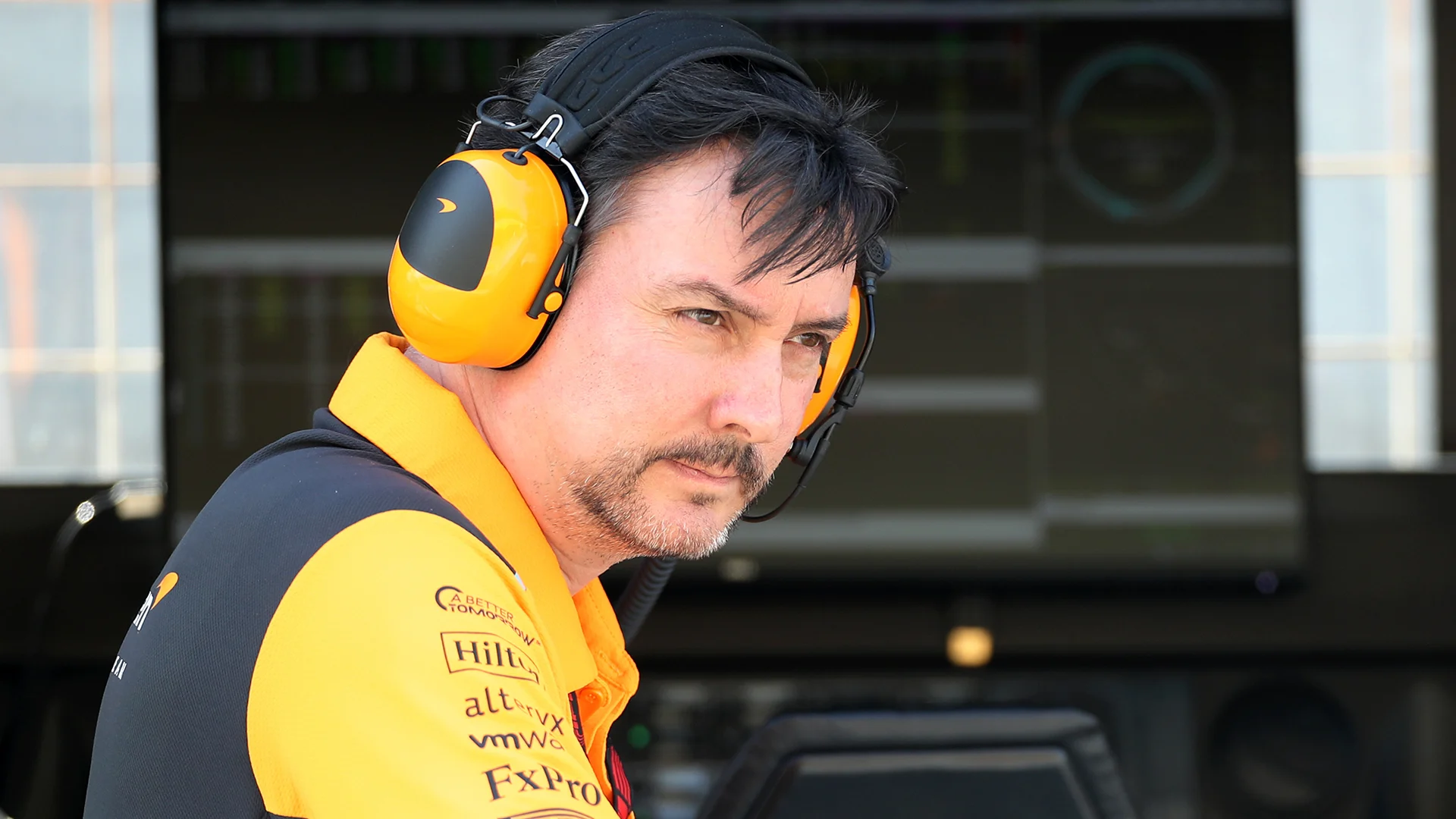
Andreas Seidl has so far succeeded in his goal of keeping a low profile since he joined Sauber Motorsport as their CEO.
The former McLaren chief came onboard at the start of January and has been tasked with readying the Swiss team (currently racing under the Alfa Romeo F1 Team brand) to become Audi’s works operation in 2026.
READ MORE: Alfa Romeo announce shake-up as James Key takes over Technical Director role
Next Up
Related Articles
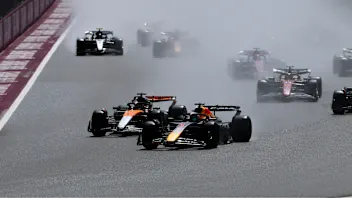 REVEALED: Your favourite race of the 2025 season
REVEALED: Your favourite race of the 2025 season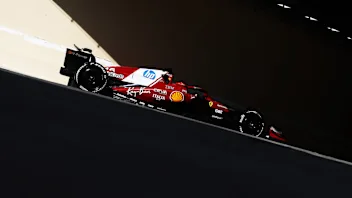 Ferrari confirm launch date for 2026 campaign
Ferrari confirm launch date for 2026 campaign The most iconic recent championship celebrations
The most iconic recent championship celebrations Verstappen confirms new number for 2026 season
Verstappen confirms new number for 2026 season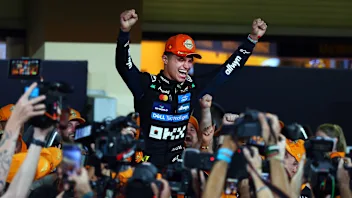 UnlockedQUIZ: 10 questions on the new World Champion Lando Norris
UnlockedQUIZ: 10 questions on the new World Champion Lando Norris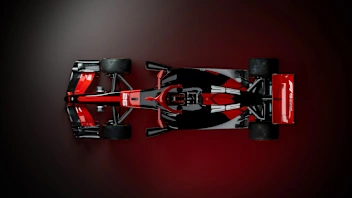 Everything you need to know about F1's new rules for 2026
Everything you need to know about F1's new rules for 2026
